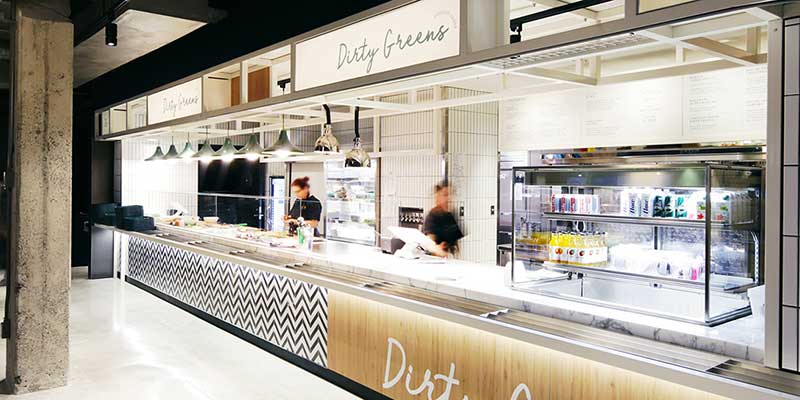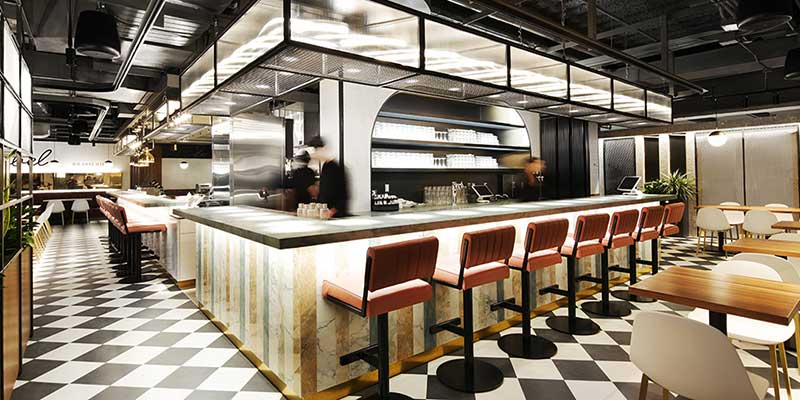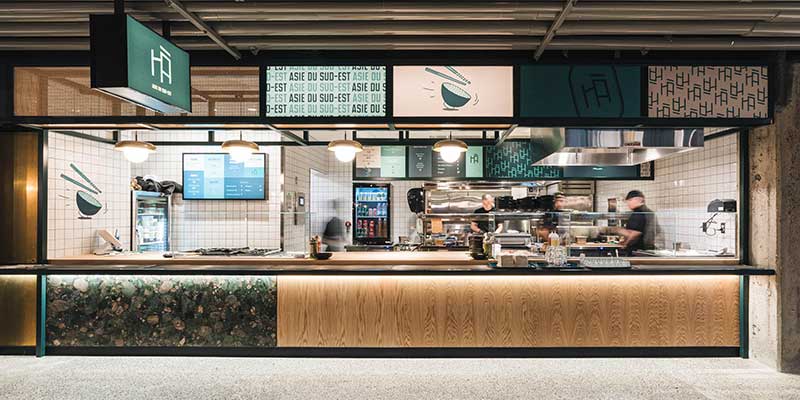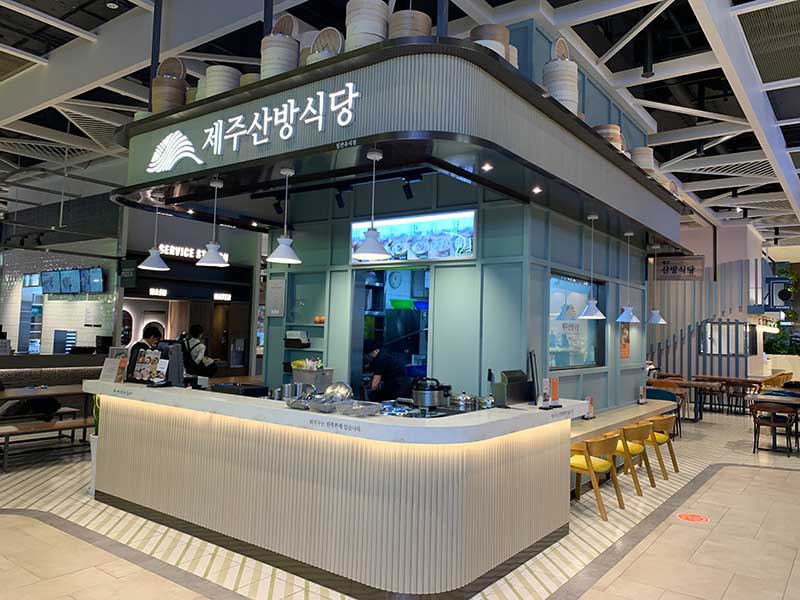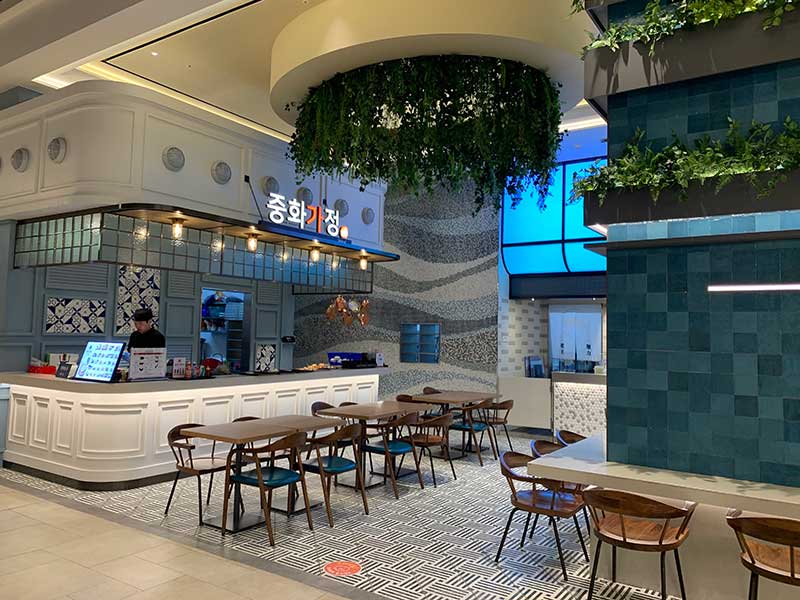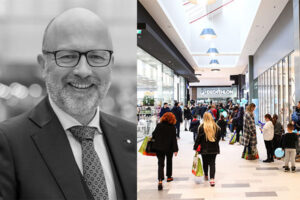By Derek Rossel and Sam Sethi
The harsh reality of this pandemic is that after we move through a recovery period, the relative power of traditional anchors and the right mix and balance of center components will have changed forever. We will no longer be able to rely on some iconic retail and lifestyle brands because many have lost relevance to a savvier, omni-channel customers or are consolidating their portfolios into the most appealing, physical customer destinations only. Naturally, this will generate vacancies–more so in locations unable to adapt and change with a future mix of requirements. Customers and retailers are voting with their feet–and only the most relevant, compelling, dynamic, and well-connected community destinations will thrive. Couple this with a revived appetite for an inherent desire for human connection and social experiences, and the stage is well and truly set for an outsized role for the next generation of F&B experiences in scale retail settings.

As the pursuit of shopping has morphed into a lifestyle experience, so too have F&B experiences. Their magnetic day and night-time appeal has been turbo-charged by nearby residences, workplaces, leisure, entertainment, education, and medical uses in mixed-use locations, creating new retail “engine-rooms” as others leave the stage. While in itself F&B is not the single panacea to address structural retail industry change in existing centers, it has a leading role to play. There are, however, many misconceptions about how to get your F&B strategy on point and how to create places that people will effortlessly gravitate to time and time again.
Not a question of percentage
In a bid to highlight the need for a greater role for F&B in any retail-led mixed-use destination, industry players often quote a minimum percentage of F&B that should be considered in a successful center mix–and this has attracted much attention from the media. It’s a target of sorts. But the truth is that successful F&B can never be about the rule of thumb or simplistic area percentages. There is a science that needs to merge with the fine art of creating and delivering an F&B development strategy that works. As developers we must realize that one size does not fit all and while 25 percent might be a benchmark in one market or geography, it will be too little or too much in another. Instead, it is imperative that one assess the catchment, intimately understand purchase patterns of diverse user groups and establish the minimum foot traffic that can be attracted to the development. Successful developers need to understand who their customers are, where they come from and for what reason they are visiting; whether they are residents, students, office workers or have travelled from further afield into the trade area. The burning question of course is what are they looking for? Once demographics and customer needs are understood, one needs to map out the practical customer journey within the scheme throughout the day and night–fully appreciating mixed-use development adjacencies, what differentiated experience is being offered, an appealing ambience and design as well as return on investment to name just a few of the primary considerations.
Every market’s requirement is different. In the formative development stages, it is important to ensure that there is a deep understanding of the trading area and the relative strength or otherwise of competitor offerings. In order to create destinational F&B power and appeal, the retail center itself needs to be planned and integrated to optimize F&B and surrounding brand performance. This will include an appreciation of the future onsite customer journey as influenced by adjacent public transport, retail mix, amenities, servicing, parking, and drop-off/pick-up facilities. Getting all of these aspects right will lay the foundations to optimize the power and performance of F&B in scale retail settings.
It is not purely about how much GLA is allocated to food, but how to divide and program this into differentiated clusters and offers with current market appeal, understanding the purchase path and the wider benefits on retail, leisure and community. Rather than being treated as a place-filler, food needs a strategic and well-thought out approach. When considering how to re-purpose vacancy within a development, there is often a misconception that simply introducing an F&B operator to a space will somehow increase footfall or strike rate on F&B. However, if demand, a magnetic customer experience and a unique selling proposition does not exist, then the development equation will be flawed.
Greenfield developments have a clear advantage
For most customers the value proposition and magnetism of the offer will be derived from the experience they have before, during and after their visit and not necessarily on spend. This focus on curating memorable, positive experiences challenges developers to ask the right questions of their potential visitors and customers. Consistent activation of F&B spaces and bringing people together for social occasions for different reasons across different times of day in mixed-use schemes is crucial to this.
Greenfield developments give developers like Hines more freedom to create and deliver destinational F&B strategies to address gaps in the market and meet community needs and expectations, as they can plan and execute with a science-first approach. Cherrywood Town Centre in South Dublin has been able to develop powerful, differentiated F&B anchors each with a strong identity and value proposition that merge neatly with other adjacent uses throughout the day and night, taking full advantage of a broader evening economy, public transport connections, parking, drop-offs, façade activation and views across the stunning Wicklow mountains and The Irish Sea beyond. Being both a retail and an F&B destination in a broader mixed-use setting, developing social experiences has been at the forefront of all spatial strategies at Cherrywood. Everything from price point categorization, customer access and circulation, security management, home delivery and target brands with a strong social and community ethos, has been considered. In combination, all these factors will ensure a powerful F&B offering and successful next generation center that is very much a destination for F&B in its own right.
All too often F&B implementation in brownfield developments are based on a kneejerk reaction to vacancy and a lack of understanding of the critical success factors for F&B operators in existing centers. Often these sites may be restricted in terms of planning approvals, architecture, M&E services, existing adjacencies, internal usage clauses, access to parking and the experience of the all-important customer journey. However regardless of the type of development, shoehorning a few restaurants into an empty space in the middle of a center will almost never be successful as there is often no value proposition or answer to the question, “Why will I visit the restaurants?”.
The emergence of these types of challenges in a time of rapid retail center industry change across the globe, has seen Insite Food requested to play a vital role in the strategy development and success of brownfield projects like Le Cathcart in Montreal and greenfield sites such as Starfield Bucheon in Seoul.
If “retail is detail”, F&B strategy is a more complex challenge again, one that requires great skill and superb execution. One needs to be clever about how you consider and curate a F&B destination, how it is marketed and how collectively the industry strengthens a retail category that has the power to stand alone, support adjacencies and deliver customers the emotional, sensory and social experience that is desired more than ever in these challenging times.
